Small tremors signal big quake threat: Is Bangladesh ready?
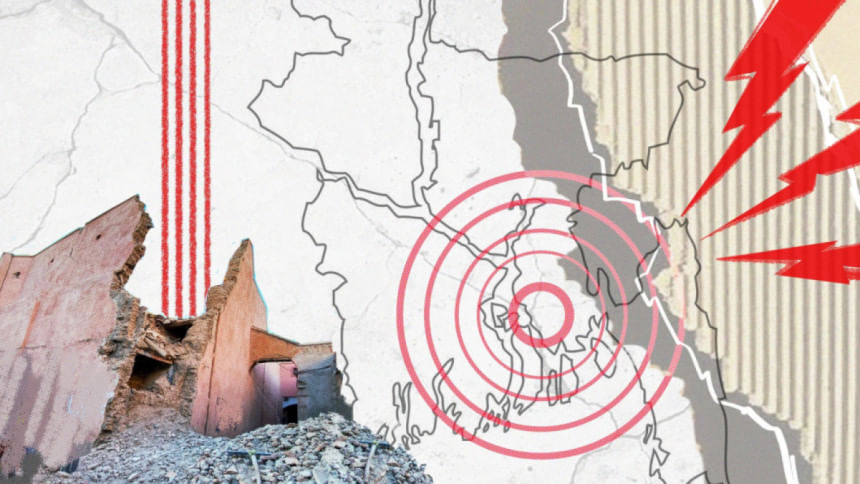
A mild earthquake jolted Sylhet and surrounding areas at 12:20pm today (Sunday), with tremors felt in parts of Sunamganj, Moulvibazar, and Habiganj.
The quake, measured at 4.0 on the Richter scale, had its epicentre 9 kilometre of west of Chhatak upazila of Sunamganj — within the Dawki fault line, a known seismic hotspot in northern Bangladesh.
While no casualties or damage were reported, expert said the tremor was yet another warning of the looming danger of a much larger earthquake in the region.
Prof Dr Syed Humayun Akhter, former chairman of the Department of Geology at Dhaka University, told The Daily Star that the Dawki fault runs through Bangladesh's interior and is one of the country's two major earthquake sources — the other being the Indo-Burma subduction zone in the hill ranges east of Chattogram.
"Both are highly matured and capable of producing catastrophic earthquakes," said Dr Akther, also the former Vice-Chancellor of Bangladesh Open University.
Prof Akhter pointed out that smaller tremors have frequently struck the Dawki fault in recent years, including quakes of magnitude 4 to 4.8 in February last year.
"The last major earthquake here was in 1897, later estimate to have power of 8.2 magnitude. It devastated large parts of Meghalaya, Assam and present day Bangladesh, killing more than 1,500 people. In Dhaka, five deaths were recorded."
"British officials at the time were so alarmed that they camped in Ramna under tents and even stayed on launches in the Buriganga River for weeks," he said.
Dr Akther said, "Earlier in 1787, a massive quake on the eastern edge of the Dawki fault altered the course of the Brahmaputra River. Until then, the river flowed through Mymensingh. After the quake, its estuary was blocked and the water was channelisd to present-day Jamuna. That shows the sheer transformative power of earthquakes in this region," he added.
Research indicates that the eastern segment of the Dawki fault has already accumulated enough stress to unleash a quake of 7.5 magnitude or more.
"Whether it happens along the Dawki fault or the Indo-Burma subduction zone, both are fully matured and primed for a large event," Prof Akhter said.
Although Sylhet, Mymensingh, Chattogram, Cumilla and Brahmanbaria are closest to the sources, Dhaka is expected to suffer the highest casualties.
"Dhaka is just over 100 kilometres from both seismic sources. But because it is one of the most densely populated and unplanned cities in the world, the destruction here would be far worse than anywhere else," he warned.
He estimated that a quake of magnitude 7 to 7.5 could instantly kill between 200,000 and 400,000 people in Dhaka.
"And that's only the beginning. Many more would die trapped under collapsed buildings, in fires, or from lack of food, water and medical care, since rescue teams would struggle to reach victims. In such a scenario, Dhaka will become a city of death and could even be declared a deserted city."
Prof Akhter criticised the government's current approach to earthquake risk management, which emphasises post-disaster rescue operations.
"The Disaster Management Department calls it preparedness, but in reality it is only focused on rescue. Millions are spent on heavy machinery, but far less on preparing people to survive during the quake itself."
He called for a shift toward public awareness, training, and regular drills.
"We cannot change the buildings overnight. But we can prepare the people living in them. If we use smartphones and interactive programmes, young people can quickly learn what to do at different stages of a quake. With a six-month nationwide programme, the population could be trained to respond calmly and effectively," he said.
Dr Akther added, "Drills are essential, just like lab experiments after theory classes — they build both knowledge and confidence. Without such drills, panic will take over."
While Dhaka may face the worst casualty numbers, Sylhet is equally exposed due to its proximity to the Dawki fault.
"Once Sylhet city was dotted with small hillocks and Assam-style homes with timber frames and tin roofs. Those were safer in quakes. Now the hills have been flattened and high-rise buildings dominate the city, raising its vulnerability," Prof Akhter said.
"There is a proverb: nature to be commanded must be obeyed. If we defy it, we will pay the price. Earthquakes will strike on their own terms. Unless we respect this and prepare accordingly, the consequences will be beyond our control," he said.

 For all latest news, follow The Daily Star's Google News channel.
For all latest news, follow The Daily Star's Google News channel. 

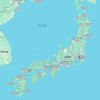
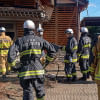
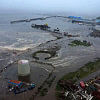

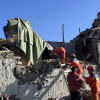


Comments